Due to static graph prepared by ggplot, we are shifting our graphs to googleVis with interactive charts. But when it comes to categorization we are facing many problems. Let me give example which will help you understand:
#dataframe
df = data.frame( x = sample(1:100), y = sample(1:100), cat = sample(c('a','b','c'), 100, replace=TRUE) )
ggplot2 provides parameter like alpha, colour, linetype, size which we can use with categories like shown below:
ggplot(df) + geom_line(aes(x = x, y = y, colour = cat))
Not just line chart, but majority of ggplot2 graphs provide categorization based on column values. Now I would like to do the same in googleVis, based on value df$cat I would like parameters to get changed or grouping of line or charts.
Note:
I have already tried dcast to make multiple columns based on category column and use those multiple columns as Y input, but that it not what I would like to do.
Can anyone help me regarding this?
Let me know if you need more information.

